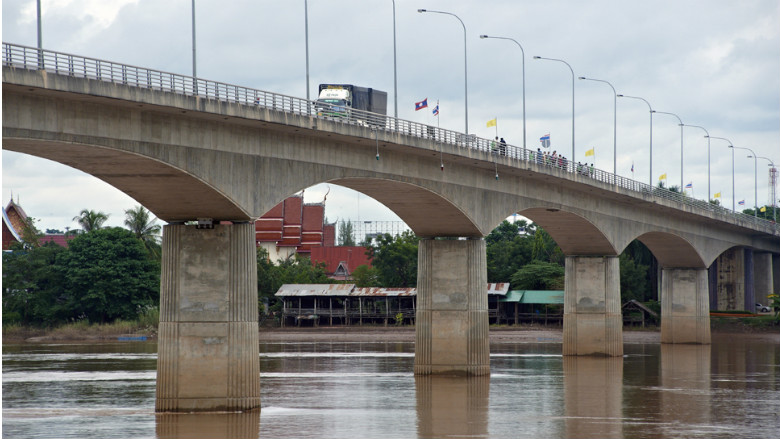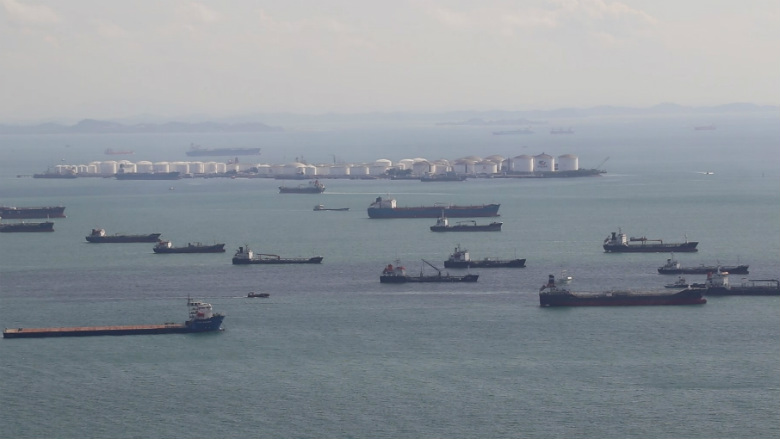The report’s key findings include:
- Improvements in trade transport assets coupled with increased trade facilitation and better border management has led to greater trade integration. Modelling results show that, under the MPAC, a one-day reduction in the number of days required to export is expected to increase intra-ASEAN export volumes by nearly 8% annually. Before the MPAC, the same reduction would have led to only a 3% increase.
- The ASEAN Highway Network is in good shape, with the network increasing by 10% from 2010 to 2015. The ASEAN Power Grid has also made significant progress on the construction of interconnections. Eight of the 16 APG projects have projected commercial operation dates between 2015 and 2020.
- Some targets are more elusive and some policy areas, such as maritime developments, require further attention. Improvements in port quality across the region have moved less quickly than hoped, and lagging projects may want to be revisited.
- Improvements in the regulatory frameworks are as important as building physical infrastructure. For example, despite uneven developments of airports across the region, an open sky policy in air transport led to a boost in intra-ASEAN air passenger flows. The ASEAN Multilateral Agreement on Air Services alone increased expected bilateral flows by an estimated 70.5%.
- Making use of existing infrastructure, and improving existing policies, is more effective in improving productivity – for example, with regards to ports. In the transport sector, upgrading of roads across the region to above Class III status may have more effect on trade than new road construction.
- Outcomes are more impactful when combining interventions, yielding growth effects 9% higher than the sum of results from individual interventions.
- There may be a trade-off between economic growth and equitable growth. The Roll-on Roll-Off shipping network is projected to have a minimal economic impact on Indonesia overall. However, the models show that the outer islands of Sulawesi, Sumatra, and Kalimantan are benefiting much more than Java. Hence the network may be fostering more equitable growth across the regions.
- While the impact of the ASEAN Highway Network may be moderate, the network may positively impact some regions more than others and close key development gaps. This is an important consideration going forward.
- In order to assess the past and chart the future course of ASEAN Connectivity, the monitoring and evaluation system must be upgraded and adjusted, as needed. The current framework could be developed to gather better data and provide more detailed analysis about the root causes of performance, whether positive or negative.
- There is insufficient information to compare the projected benefits of projects with their expected costs. Improving data access, quality, and breadth would enable better identification of policy levers that would effectively address implementation challenges.
- Some options that can address these data issues: coupling quantitative data with qualitative assessments (including surveys and interview data) and risk assessment; and building infrastructure asset registers. There is indication that ASEAN is weighing these options.
As a result of this study, a new report is under preparation and will examine in detail the pipeline of infrastructure projects across the region that will strengthen connectivity.
Cledan Mandri-Perrott, head of the Infrastructure Finance team at the Singapore Hub and co-author of the report, explained that the initiative represents, “a strong collaboration between the ASEAN Secretariat and the World Bank Singapore Hub, where we can draw on the experience and expertise of our Global Practice colleagues and link with the country offices in the region. Helping develop priority projects that enhance connectivity can boost ASEAN’s growth potential and help many communities escape poverty as new job and business opportunities emerge."
Indeed, despite trends in other regions, ASEAN remains committed to pursuing its goals of greater integration, and that commitment will help its member countries resolve some of the challenges outlined in the report. For ASEAN as well as other regions, improved connectivity is no longer a matter of ‘If’, but of ‘When’.


